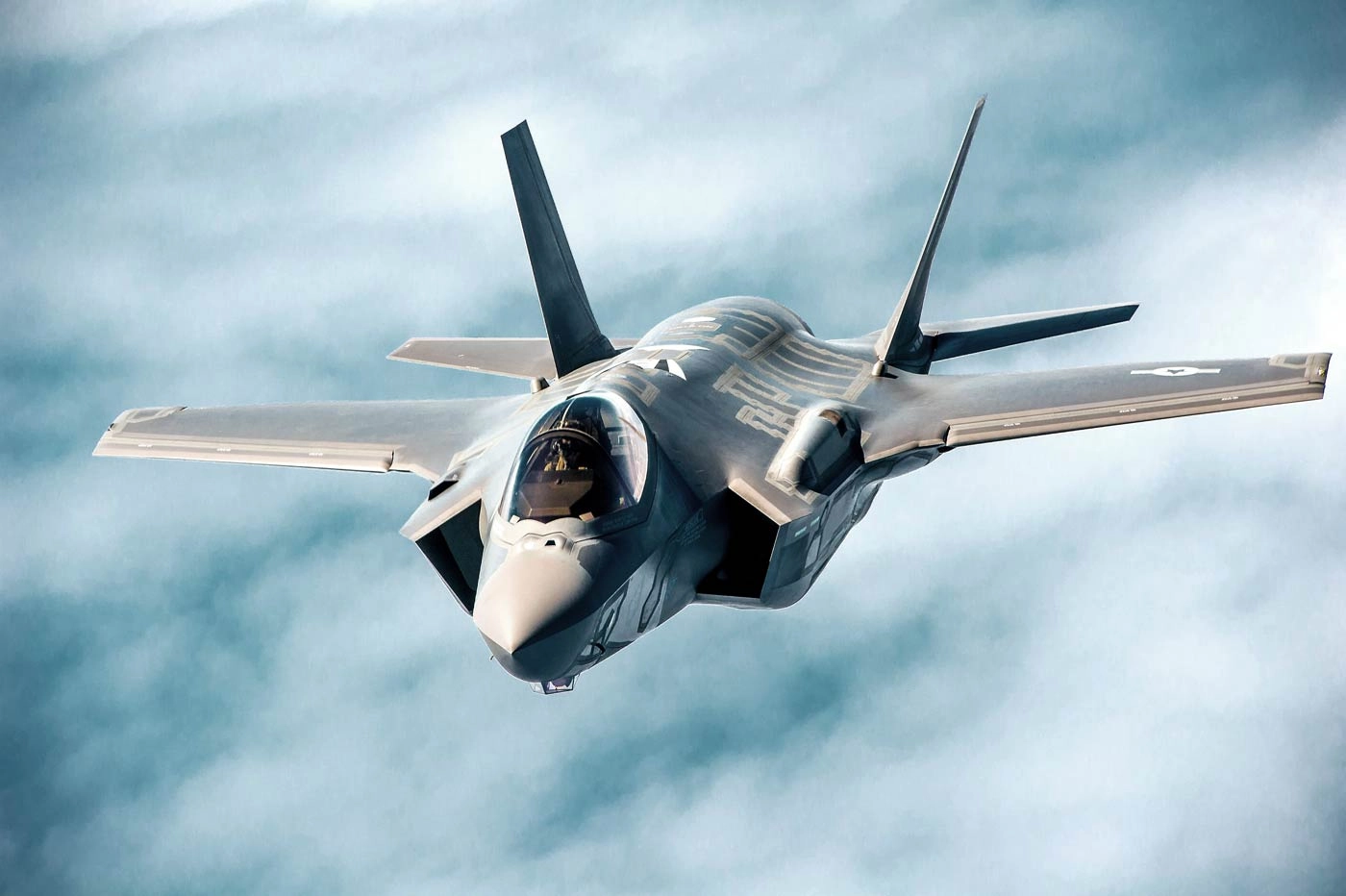Spain Shifts from F-35 to European Fighter Jets, Defying U.S. Defense Demands
In a significant pivot in its defense strategy, Spain has announced it will abandon plans to purchase F-35 fighter jets from the United States, opting instead to invest in a European fighter jet program. This decision arises amidst rising tensions between Spanish Prime Minister Pedro Sánchez and U.S. President Donald Trump concerning defense spending commitments, particularly the contentious 5% of GDP target set by the U.S. government.
Background & Context
The shift in Spain"s defense acquisition strategy comes at a time when European leaders are increasingly advocating for a more autonomous and cohesive defense posture within the European Union. Prime Minister Sánchez has expressed a strong commitment to adhere to the defense initiatives promoted by European Commission President Ursula von der Leyen and French President Emmanuel Macron, who have urged EU member states to prioritize the purchase of European-made military equipment. This movement is seen as a response to the geopolitical landscape, where Europe seeks to bolster its defense capabilities without over-reliance on U.S. military support.
The F-35 fighter jet, produced by Lockheed Martin, is often regarded as the most advanced 6th generation fighter aircraft available globally. Its capabilities include stealth technology, advanced avionics, and multi-role operations. However, the decision to forgo this acquisition has sparked concerns among some military officials in Spain, who believe that the country will be left at a technological disadvantage until the Eurofighter consortium can deliver the Future Air Combat System (FCAS) by 2040.
Key Developments
The clash between Sánchez and Trump intensified over the U.S. defense spending expectations, with Sánchez firmly rejecting the notion of raising Spain"s defense budget to the proposed 5% of its GDP. This figure is significantly higher than Spain’s current defense expenditure, which is closer to 1.2%. Sánchez"s decision to pivot towards European defense solutions is not merely a financial maneuver; it reflects a broader philosophical shift within the Spanish government regarding national security and military collaboration within Europe.
Spanish generals have voiced their discontent regarding the abandonment of the F-35 contract. They argue that the F-35’s advanced technologies are crucial for maintaining competitive air superiority. The Eurofighter, while a capable aircraft, is currently not equipped to match the F-35"s specifications and will not evolve into a comparable platform until the FCAS is fully developed, projected for 2040. This timeline raises questions about Spain"s immediate defense capabilities and its strategic positioning within NATO and the broader international community.
\n\n
Image for Spain Shifts from F-35 to European Fighter Jets, Defying U.S. Defense Demands
Broader Impact
This decision could have far-reaching implications for Spain"s defense relationships, particularly with the United States. As previously reported, the U.S. has been encouraging NATO allies to increase their defense spending, viewing it as critical for collective security. Spain"s departure from the F-35 program may strain bilateral relations, potentially impacting not just military cooperation but also economic and political ties.
Moreover, this move aligns with a growing trend across Europe where nations are increasingly prioritizing domestic or EU-based defense solutions. The push for European defense autonomy reflects a shift in strategy as European countries grapple with the complexities of global security challenges. Analysts suggest that this could lead to a more integrated European defense market, encouraging collaboration on military technology and procurement.
What"s Next
As Spain transitions away from the F-35, the immediate focus will be on developing a robust framework for the FCAS program. This will require significant investment and collaboration among European nations to ensure that the new fighter jet can meet the future demands of modern warfare. Spain will likely engage in discussions with other EU members to streamline the development process and secure the necessary funding and technological resources.
In the coming months, the Spanish government will need to address the concerns raised by military leaders regarding the potential operational gaps created by this decision. Additionally, the outcome of this strategic shift will be closely watched by other NATO allies, particularly those who may be considering similar moves towards European defense procurement. As the situation evolves, Spain"s commitment to European defense initiatives will serve as a critical test case for the future of military collaboration within the EU.

Image for Spain Shifts from F-35 to European Fighter Jets, Defying U.S. Defense Demands








![[Video] Vladimir Putin delivers speech in military uniform](/_next/image?url=%2Fapi%2Fimage%2Fthumbnails%2Fthumbnail-1764621642413-vh08a-thumbnail.jpg&w=3840&q=75)